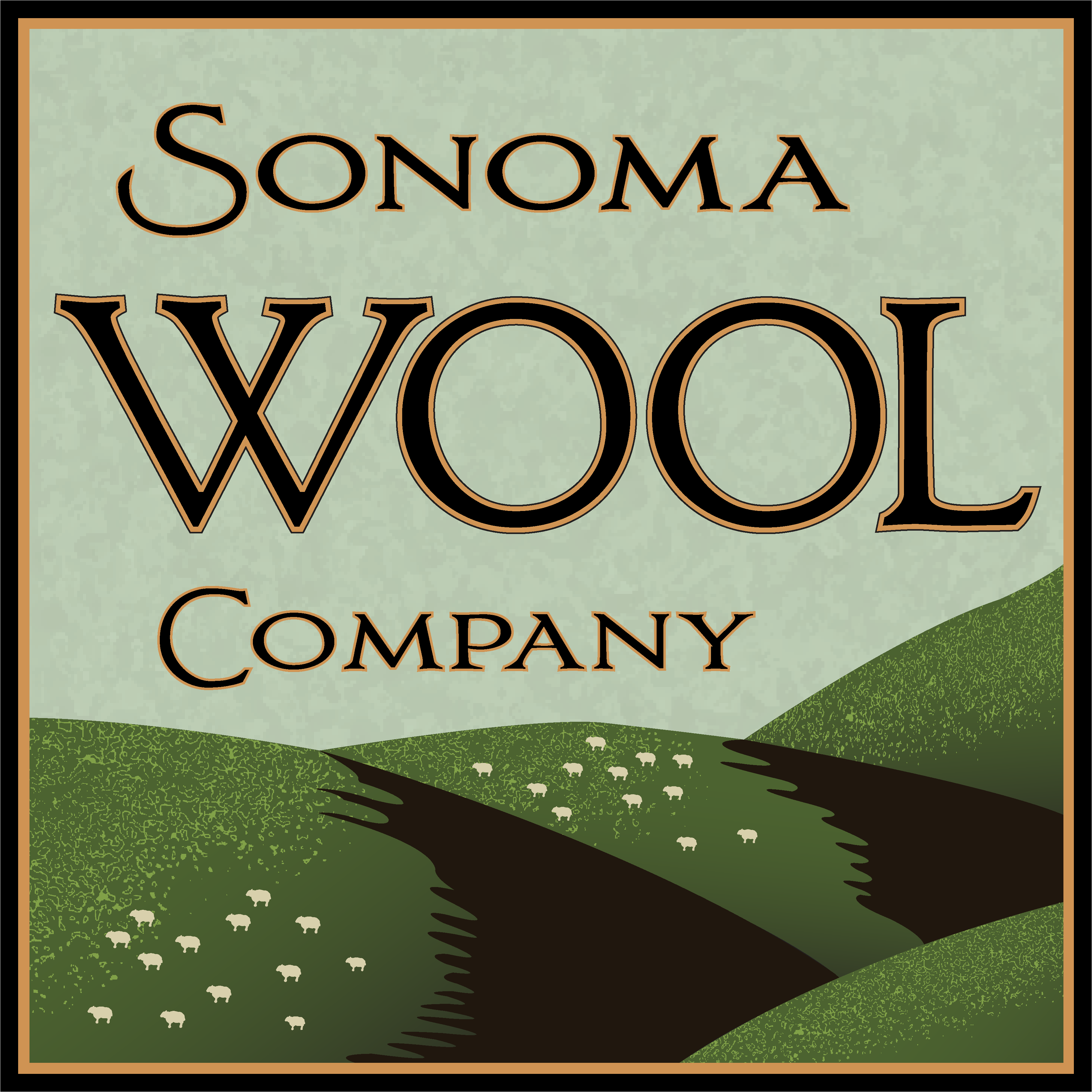We all know that keeping sustainability in mind is important when making purchases. We do not always know where or how to make the best sustainable purchases. Or we may not realize just how many ways some items contribute to protecting the planet.
While synthetic materials dominate store shelves, natural fibers like wool offer remarkable environmental benefits that extend far beyond their cozy comfort. From the bedding that cradles you at night to the kitchen accessories that make daily tasks more efficient, wool products represent a commitment to planetary health—supporting clean air, water, and soil in ways many consumers might not realize.
The Humble Sheep: Nature's Environmental Engineers
The story of wool's environmental benefits begins with the sheep themselves. Unlike synthetic fiber production, which relies heavily on petroleum and industrial processes, wool grows naturally on sheep that graze across America's diverse landscapes. U.S. sheep ranchers, particularly those practicing regenerative agriculture, know that these woolly animals serve as powerful tools for ecological health and restoration.
When properly managed, sheep grazing mimics the natural patterns that grasslands evolved with. Their hooves break up compacted soil, improving water infiltration. As they graze, they stimulate plant growth in ways that increase the soil's carbon sequestration capabilities. This process pulls carbon dioxide—a greenhouse gas—from the atmosphere and stores it underground in the form of soil organic matter.
Clean Air: Wool's Carbon Superpowers
The environmental benefits of wool begin long before a product reaches your home. Consider these remarkable properties:
Carbon Sequestration: U.S. sheep ranchers who practice managed grazing techniques can increase soil carbon on their lands. This translates to several tons of carbon dioxide removed from the atmosphere per acre.
Low Natural Growth: Unlike synthetic fibers, which require petroleum extraction and energy-intensive manufacturing, sheep produce wool using just sunlight, water, and grass—a truly renewable resource.
Longevity: Wool products typically last significantly longer than their synthetic counterparts. A quality wool blanket might last decades rather than years, spreading its production footprint over a much longer useful life.
How You Can Help: When you purchase wool dryer balls instead of disposable dryer sheets, you are choosing a product that not only eliminates chemical waste but also reduces drying time—saving energy with every load of laundry for years to come.
Clean Water: How Wool Protects Our Waterways
Water pollution represents one of our most pressing environmental challenges, with microplastics now found in virtually every water source on Earth. Wool offers several water-protective qualities:
Biodegradability: When wool products eventually wear out, they decompose naturally without releasing microplastics. A wool dishcloth or sponge will break down completely in soil, unlike synthetic alternatives that shed microplastics with every use.
Natural Lanolin: The lanolin in wool—a waxy substance sheep produce naturally—requires fewer chemical treatments than many synthetic materials, reducing chemical runoff into waterways.Natural Lanolin: Synthetic materials require treatments that lead up to chemical runoff into waterways. The lanolin in wool – a waxy substance sheep produce naturally – does not require the same processing and therefore reduces the issue of chemical runoff.
Watershed Protection: American sheep ranchers increasingly partner with resource conservation districts, preventing erosion that would otherwise damage critical water sources.
Water-Efficient Processing: U.S. wool processors have made dramatic improvements in water recycling technology. Many facilities now recapture and reuse up to 90% of water used in processing wool.
How You Can Help: When you choose a wool sponge over a synthetic option, you are preventing thousands of microplastic particles from eventually reaching rivers and oceans.
Healthy Soils: Wool's Underground Impact
Perhaps wool's most profound environmental contribution lies beneath our feet:
Soil Building: Properly managed sheep grazing can rebuild depleted soils. As sheep move across the landscape, they distribute manure (natural fertilizer), trample vegetation into the ground (adding organic matter), and stimulate new plant growth through their targeted grazing.
Erosion Prevention: The root systems of grazed perennial plants form complex networks that hold soil in place. Many U.S. ranchers now place sheep strategically to combat erosion on vulnerable hillsides.
Biodiversity Support: Unlike monoculture farming for synthetic fiber crops, sheep ranching in America often preserves native plant communities.
Fire Risk Reduction: In fire-prone states like California and Oregon, sheep grazing reduces excess plant material that would otherwise become wildfire fuel. This protection preserves soil structure that would be damaged by intense fires.
How You Can Help: When you purchase wool bedding from companies that source from American ranchers, you are supporting these landscape-scale benefits. Your choice becomes part of a cycle that promotes healthier ecosystems from the soil up.
From Pasture to Product: Closing the Loop
The environmental benefits of wool extend throughout its lifecycle:
Wool bedding regulates temperature naturally, potentially reducing heating and cooling needs in your home.
Wool hats and scarves require less frequent washing than synthetic alternatives, saving water and energy.
Wool dryer balls eliminate the need for single-use dryer sheets while reducing drying time by up to 25%.
Wool dish drying mats resist bacterial growth naturally, reducing the need for chemical cleaners.
Wool sponges last longer than synthetic options and decompose completely when discarded.
When these products eventually wear out, they can be composted rather than sent to landfills, returning their nutrients to the soil and completing a truly circular lifecycle.
Making an Impact Through Your Purchases
Every purchase represents a choice with environmental consequences. By selecting wool products—particularly those from American ranchers committed to sustainable practices—you cast a vote for clean air, water, and soil.
The next time you are considering new bedding, kitchen accessories, or winter wear, remember that wool offers benefits extending far beyond your home. Your choice connects you to an ancient fiber with thoroughly modern environmental advantages, supporting ranchers who serve as stewards of America's landscapes.
From the sheep grazing on remote hillsides to the wool blanket warming your bed, this remarkable natural fiber weaves together human comfort and environmental health—one sustainable thread at a time.

